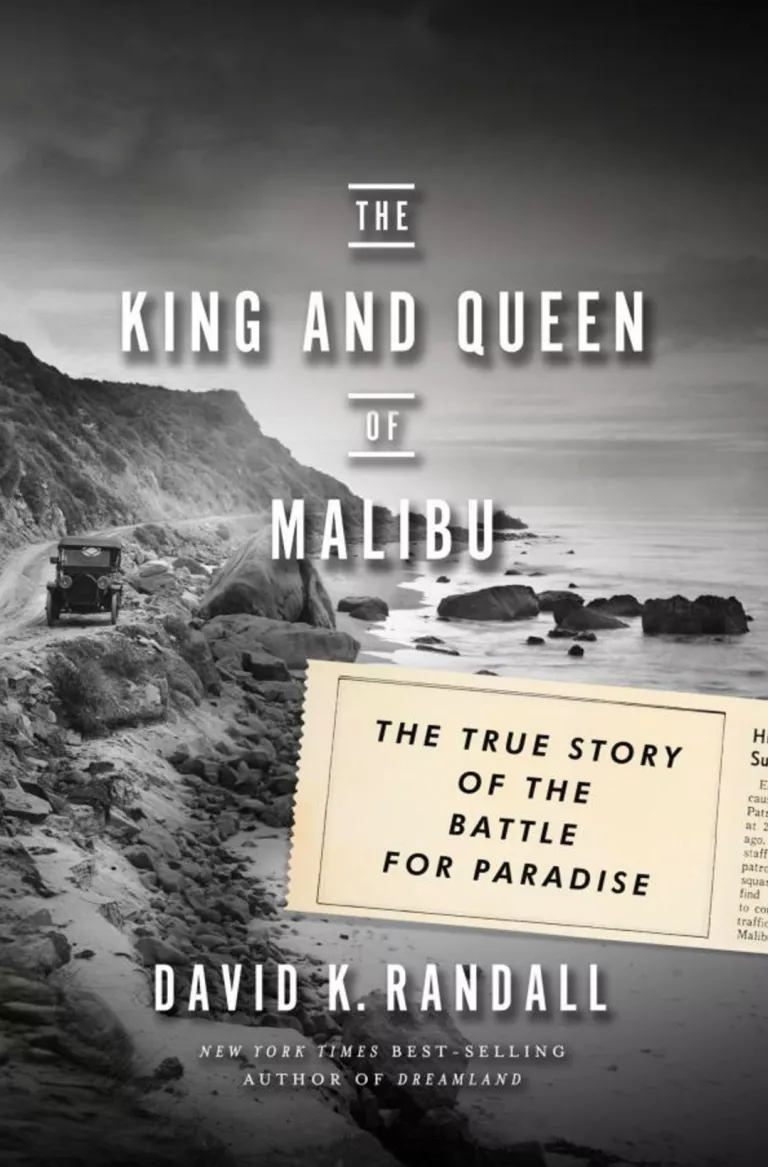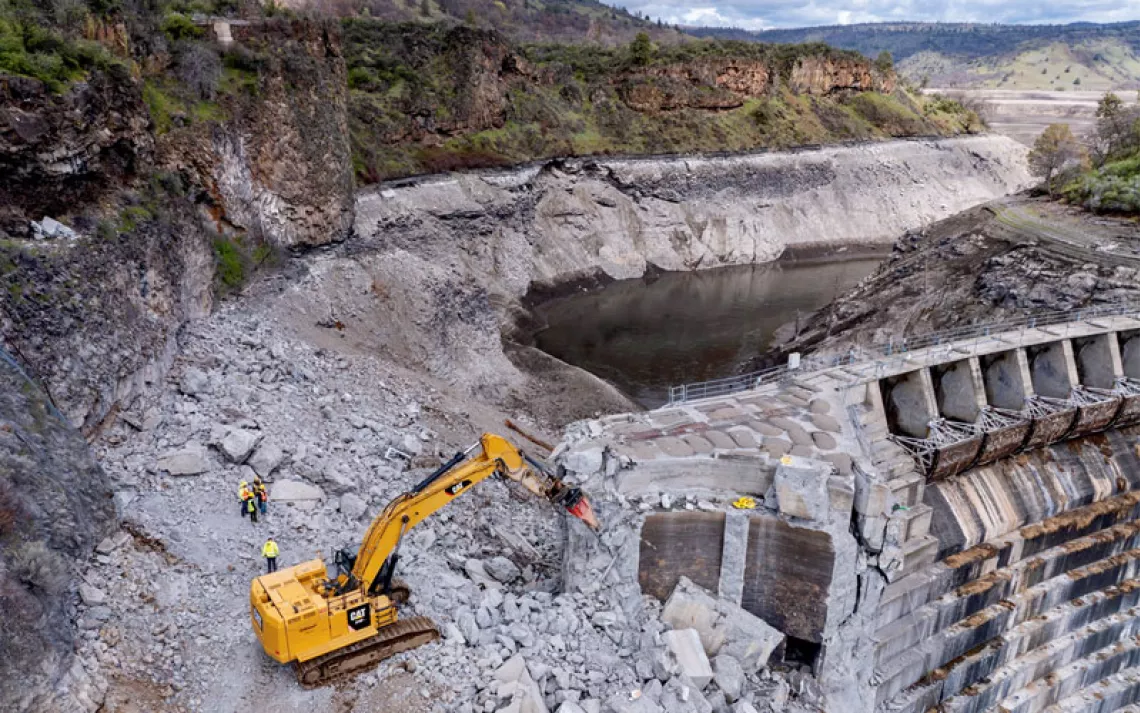The King and Queen of Malibu

The King and Queen of Malibu: The True Story of a Battle for Paradise (W. W. Norton & Company, 2016)
Driving down the 27-mile stretch of the Pacific Coast Highway that spans Malibu, California, it’s easy to forget how wild and uncharted this land was not too long ago. In The King and Queen of Malibu: The True Story of a Battle for Paradise (W. W. Norton & Company, 2016), author David K. Randall takes us on a historical ride through the famous beach town’s past by telling the life stories of two of its primary protagonists: Frederick Rindge and his wife, Rhoda May Knight.
Curiously, you can grow up in Malibu (as this reviewer did) and never encounter the names of Frederick or May, as she was called. But upon reading Randall’s account, you learn that many of the place names and landmarks that are familiar to every local—Decker Canyon, Adamson House, Serra Retreat—have their origins in the Rindges’ story.
As Los Angeles boomed in the late 19th century, the Rindges adopted Malibu as their beloved escape. They felt at home in its unadulterated wildness and wanted to keep as much of it to themselves as possible. Their realm, at its peak, spread from Point Dume in the west to Las Flores Canyon in the east, thanks mostly to Frederick’s inherited wealth.
Using rather draconian and manipulative tactics, the couple doggedly thwarted the development of roads and railways that would bring the masses to Malibu. Though they ultimately couldn’t stop the inevitable, Randall suggests that their long quest minimized the kind of unfettered coastal development that has happened elsewhere on the California coast.
Though it’s hard to sympathize with the Rindges' desire to keep Malibu as their own personal fiefdom, their struggle to keep Malibu wild touches on issues that the city still grapples with: NIMBYism, coastal development, overstretched infrastructure, and entitled denizens, all set against a backdrop of unparalleled natural beauty.
While the last portion of the book, chronicling May’s legal battle—first with the state and then with the U.S. Supreme Court after her husband’s death—is tiring to read, the overall narrative is engaging and rings true to the precarious nature of life in Malibu, where a fire, landslide, or storm can change everything in an instant. Randall’s determination to treat the Rindges' story with the care and detail it deserves is palpable throughout his book.
Malibu locals and fans will enjoy learning about the city’s wild origins, and the book’s broader historical arc is enlightening as well, touching on car culture, the Homestead Act, Teddy Roosevelt’s preservationist movement led by Gifford Pinchot, and why commuter trains never caught on in Southern California.
King and Queen leaves readers with an appreciation of what Malibu used to be, plus a greater realization of what it could have turned into.
 The Magazine of The Sierra Club
The Magazine of The Sierra Club



